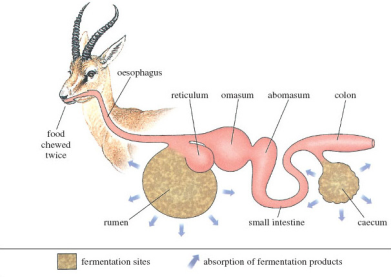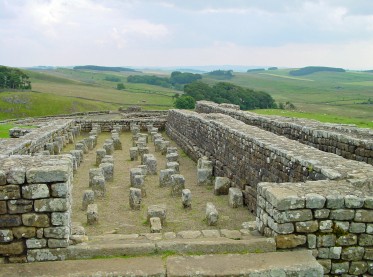
Languages
En rumbo: intermediate Spanish
...Latin American speakers mixed with suggestions for activities to do while you listen. This material has been adapted from the audio material for The Open University course L140 En rumbo: intermediate Spanish... Introduction ¡Hola! Bienvenidos a los materiales de En Rumbo, el curso de español de nivel intermedio de la Open University. Personal information part 1 We’re...






